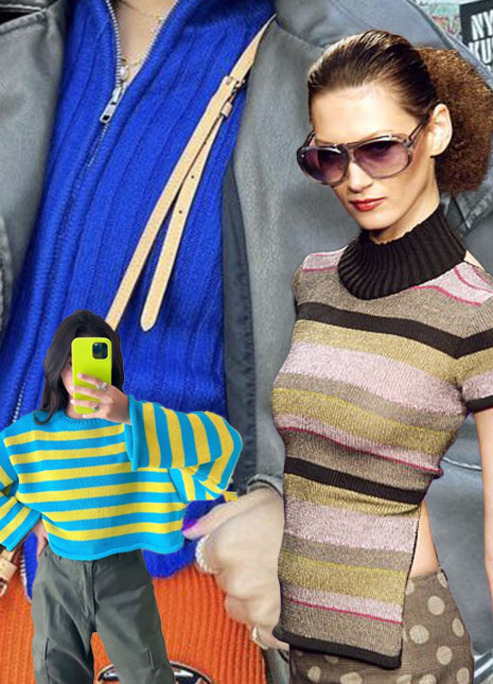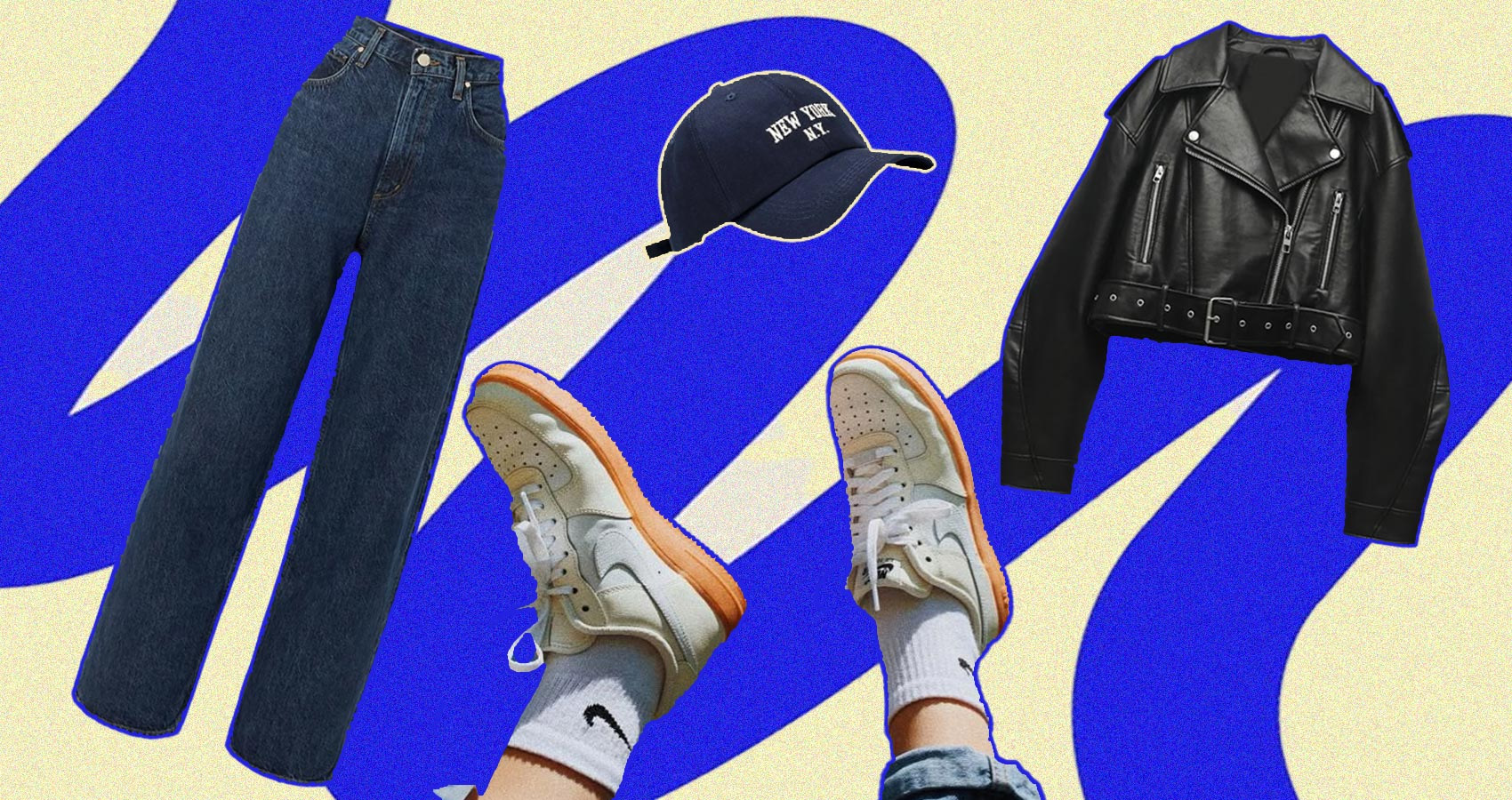
What Goes Around Comes Around
The psychology of the fashion comeback.
Is your wardrobe a carbon copy of your mum’s in the ‘80s? Do you feel a pang of nostalgia at the sight of Gen Zs who appear to have spent their entire wage packet in Tammy Girl? And have you ever wondered why fashion has a way of repeating itself?
Trends don’t tend to emerge spontaneously – the cyclical nature of fashion comes down to the interplay between various components. Let’s break it down and explore the reasons why a good trend doesn’t have to be a fad.
Learning from History
Director Jim Jarmusch said, ‘authenticity is invaluable; originality is non-existent’, and fashion designers often draw from various historical periods when devising new concepts. Rather than striving to come up with something entirely unique, it’s about building on an existing idea – whatever works, right? It’s not a simple copy and paste, however; designers update older looks through new uses of fabric, detail and color, giving the designs a contemporary edge.
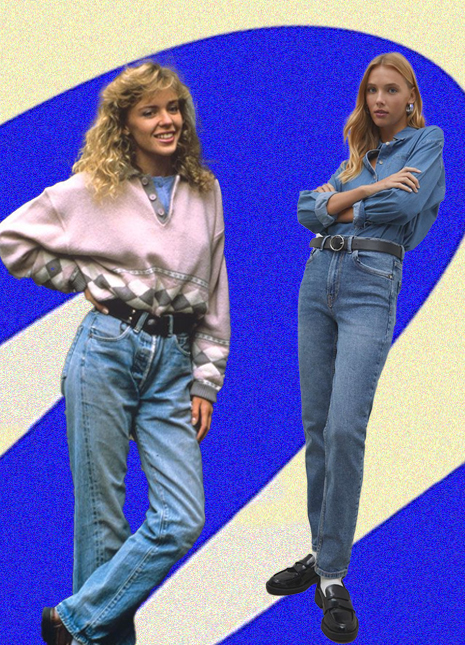
The Power of Nostalgia
Research has shown that we enjoy revisiting things we associate with our past. It brings a sense of comfort and security, transporting us back to happier or simpler times. When first introduced, a trend can fade when replaced by another, the novelty wearing off – but given time a trend can take on a new meaning, sentimental yet fresh at the same time (a recipe for magic!). People can also have nostalgia for times in which they weren’t alive, which is known as amenoia. Shows like Rivals and Stranger Things romanticize the ‘80s for example, creating an intrigue for younger people, and 2016 saw an upsurge in sales of ‘80s-inspired fashion, including high-waisted jeans, scrunchies and bucket hats, coinciding with Stranger Things’ first season. Upon the release of The Great Gatsby in 2012, flapper dresses and art deco jewelry were everywhere. It’s evident that nostalgia can heavily drive consumption, which reinforces a designer’s retro approach as a marketable one.
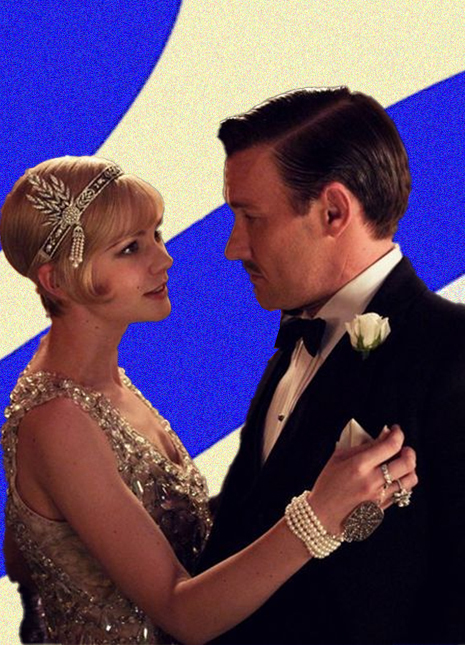
The Social Influence
Social media affords new opportunities for both users and industry professionals. Fashion designers scour social media for inspiration, monitoring the content of celebrities and average users alike. When asked about her rise to fame in an interview with Harper’s Bazaar, model Cara Delevingne attributed her success to Instagram: ‘I look at the big ‘90s supermodels and I don’t think that I would have been as big of a model if Instagram hadn’t come around.’ And even everyday users can spark new trends by sharing their outfits, employing simple tactics like adding hashtags to the photo caption to boost visibility. Brands may go on to adopt these trends if they see potential. So, we can see that the reach of these platforms fosters a symbiotic relationship between consumer and designer - aspiring fashionistas are discovered on social media by brands, and go on to use social media to promote the brands.
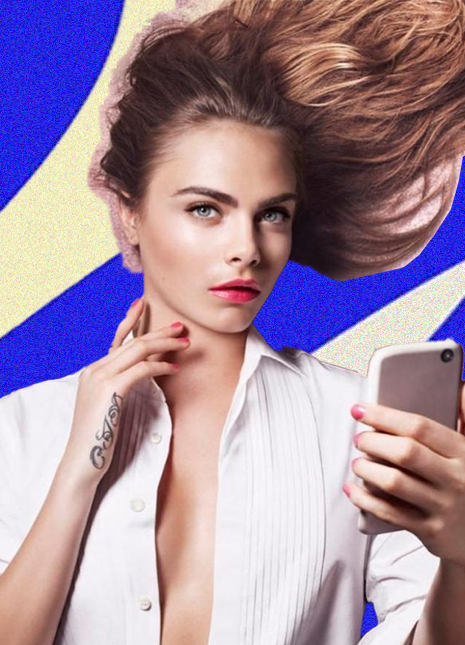
Fascinating process, right? And these are just some of the elements that work in harmony to regenerate old trends. Which vintage looks have you got your eye on?




